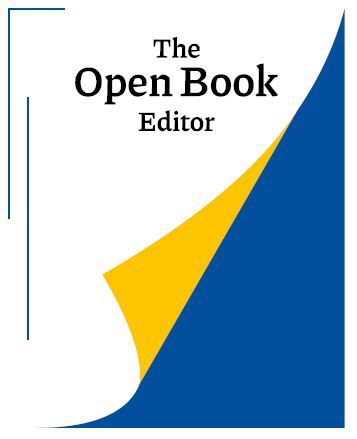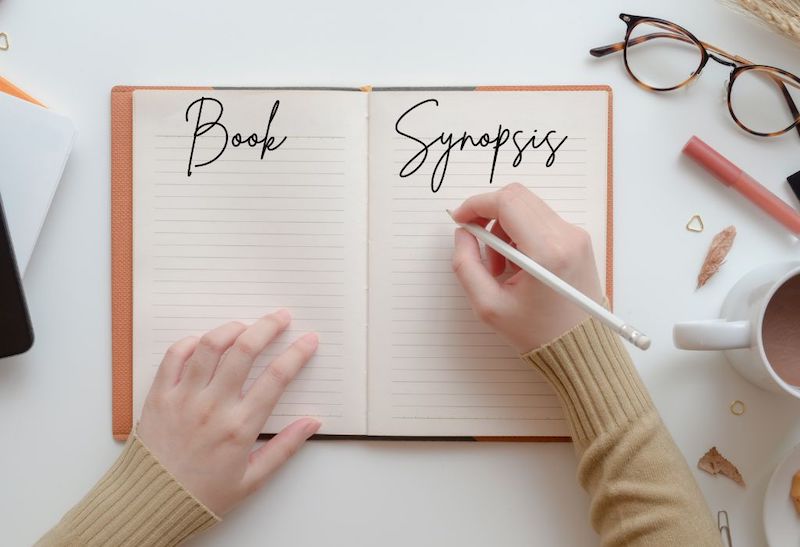Writing a synopsis for your book is an important part of your query package. Although this can vary from agent to agent, it’s good to have your book’s synopsis ready in case a literary agent or editor requests it.
It’s also a useful tool to identify the key characters, plot points, and themes of your book. Anything that doesn’t get mentioned in the synopsis can be considered surplus to requirements.
Have you crafted your cover letter, polished up your elevator pitch, and feel ready to tackle your synopsis next? Read on for everything you need to know to write a great synopsis for your book!
What is a synopsis?
A synopsis should be a succinct summary of your book from beginning to end. What agents and editors expect from a synopsis can vary. Some want to know everything that happens in the book, while others may ask for a synopsis that doesn’t spoil the major twists. Be sure to read each agency and publisher’s submission web pages (and each agent’s individual page, if applicable). This is the best way to see what they expect from your book’s synopsis.
A synopsis should:
- be 300-450 words (or a single page) summary of your book from beginning to end,
- form a part of your querying packet,
- use clear, straight-forward language to show your narrative arc (i.e. no flowery descriptions or long explanations).
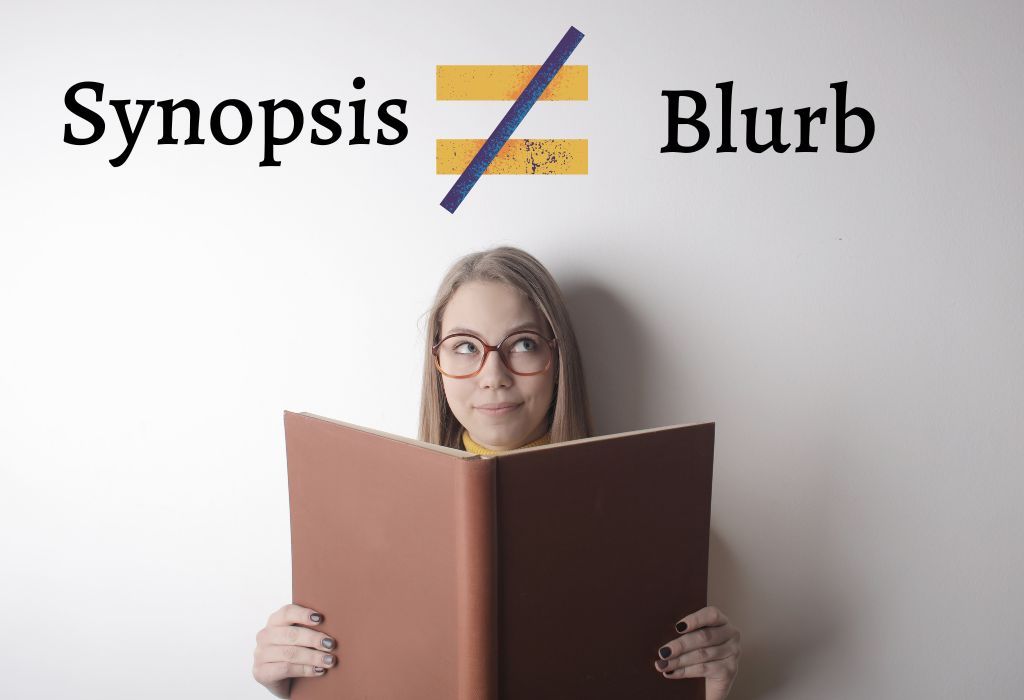
Is a synopsis the same as a blurb?
Don’t confuse a synopsis with your book’s blurb. A blurb is a short plot description that goes on the book’s back cover. Generally, a blurb is shorter than a synopsis and doesn’t reveal any major twists. A blurb should entice a reader to want to read your book; a synopsis is a summary of it.
What goes into a synopsis?
- Setting — For example, if your book is set in Australia in the 1900s, state this clearly (In mid-1900s Sydney, BARRY JOHNSON…).
- Names of main characters — Names should be written in all caps (see above) so agents and editors can easily keep track of them.
- Inciting incident — What is the incident that drives your plot forward? What event causes a change in the status quo of your characters’ lives?
- Rising action — This is the bulk of the plot. It’s the actions which follow the inciting incident and lead up to the climax.
- Crisis — Otherwise known as the climax; this is where your plot comes to a head.
- Resolution — How do your characters resolve the main conflict/crisis?
Include the basics
Even if you only have a working title, be sure to include it at the top of your book’s synopsis. Next to that should be your name and the word ‘Synopsis’. Here is an example of how the header of the synopsis for Pride and Prejudice by Jane Austen would look:
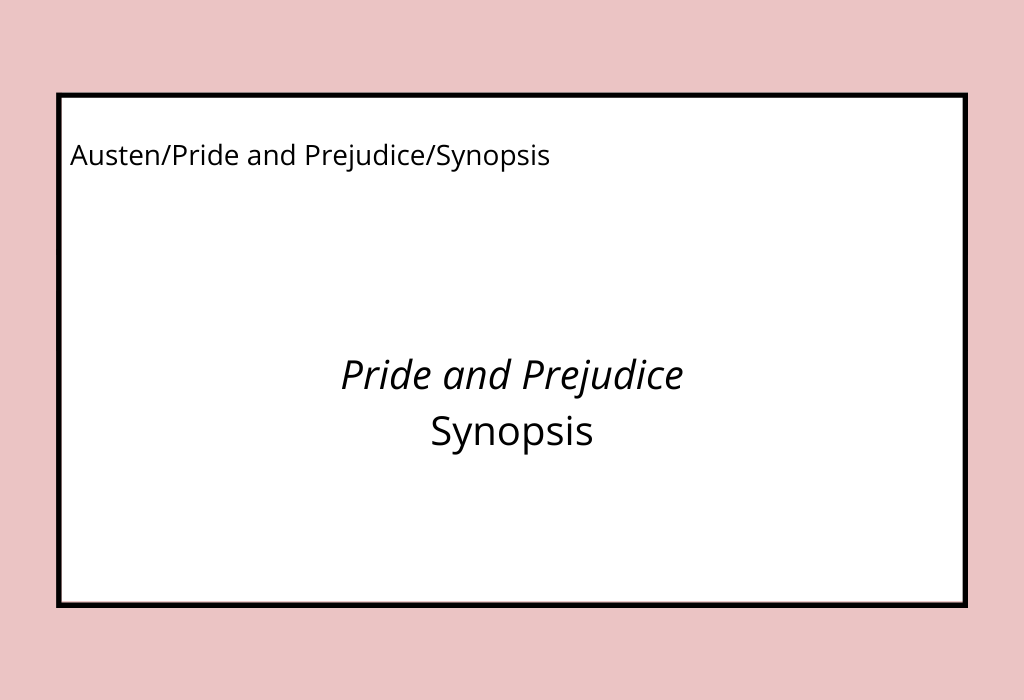
When you save your document to send to an agent or editor, name the document in a similar format as you have used for your manuscript.
E.g.: If your book is saved as austen-pride-and-prejudice.docx, then name the synopsis file austen-pride-and-prejudice-synopsis.docx
State your protagonist’s name
State your protagonist’s name as early as possible—preferably, in the first sentence. However, be careful about putting a lot of character names into your book’s synopsis. Too many names will clutter up your synopsis and can confuse agents or editors. Keep character names to a minimum and make sure it’s clear who your main characters are. Leave out characters who don’t have a significant impact on the plot. As mentioned already, stylise character names in all caps to make them easy for agents and editors to spot and remember.
Convey tone
The synopsis’ job is to convey your story so agents and editors will want to read your whole manuscript. It should also give them an idea of your book’s target reader. The best synopsis will give a sense of atmosphere and tone. It would be rather jarring, for example, to read a synopsis that gives the impression of a dark thriller, only to then read the manuscript and realise it is written for children.
If you don’t feel like this is feasible, don’t worry. It’s more important that your book synopsis is straight-forward and succinctly narrated than overly descriptive.
Avoid naming the genre and target reader in your synopsis. Instead, you can include this information in your cover letter. However, your summary of the book should be enough for the agent/editor to identify the genre, as well as possible target audiences.
Focus on the story, not the themes
Your book’s synopsis should be story-driven, not theme-driven. This means you shouldn’t bog it down by detailing the underlying themes, imagery, or messages in your book. Focus instead on the plot.
The central focus of your book may be to explore a big issue, such as grief or divorce. If you feel the need to mention it, you can do so in your book’s synopsis (especially in non-fiction). But try to do this sparingly; be strict with yourself.
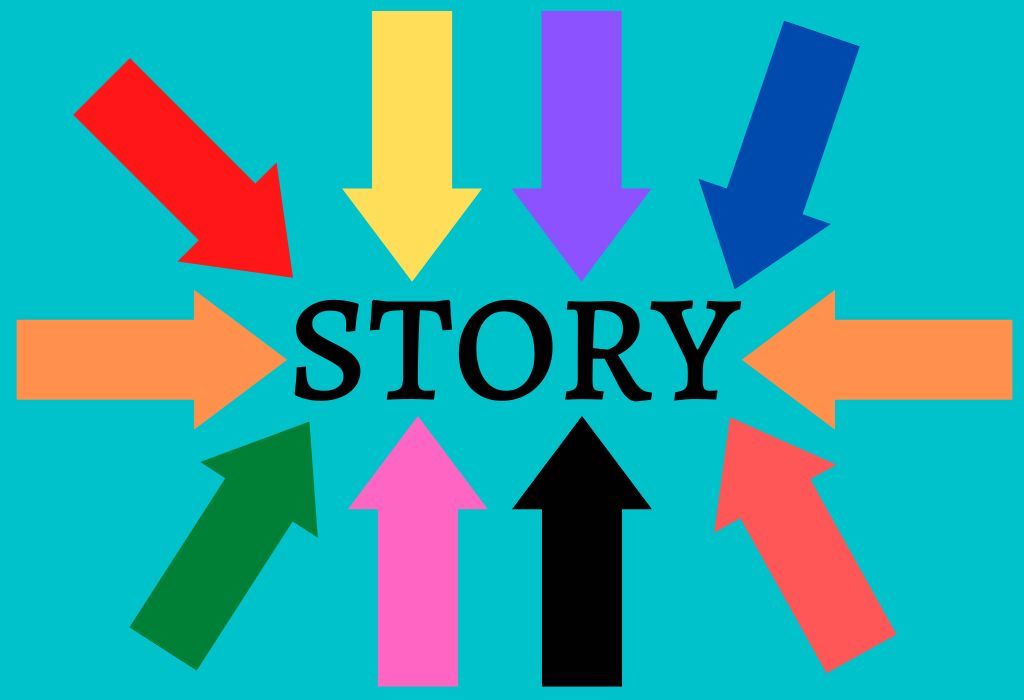
But cover the plot in broad strokes
Even though your synopsis is plot-driven, you don’t need to include every small twist and turn in your story. Start by writing an outline of your book to pick out the major plot points. Once you’ve done this, edit it down to a single double-spaced page. The limited number of words will force you to only mention the most important plot points.
We know it feels like the agent is going to miss all the important details, but this is what agents ask for, so this needs to be respected.
Should I include the ending in my book’s synopsis?
Unfortunately, there’s no right answer to this question. Some agents and editors like to see every major twist and spoiler in your book’s synopsis, while others would rather wait to be surprised when they read your full manuscript.
While this somewhat depends on you and the genre of your book, we recommend sharing the spoilers. Again, this can vary depending each agent’s submission requirements. Always check first to make sure the agent you’re pitching to doesn’t specifically advise against doing so.

What to avoid when writing your book’s synopsis
- A bloated word count — Check agency and publisher websites to see how many pages/word count they expect in your synopsis and do NOT exceed this limit.
- Too many setting details — For example, if you’re introducing the setting from Jane Eyre by Charlotte Brontë, you wouldn’t say: On the windswept and wild Yorkshire moors, a young woman comes of age in 19th-century England. Instead, simplify it to: JANE EYRE is an orphan living in 19th-century Yorkshire.
- Too many character details — While complex and believable characters are vital for a good story, you shouldn’t waste valuable space in your book’s synopsis by describing your characters beyond the most essential information. Remember, the point of the synopsis is to tell the main story in a clear, concise way. It’s not necessary to include details such as what a character looks like or personal details about their lives unless it’s relevant to the main plot. (E.g.: only mention that a character likes puzzles if they solve a plot-related puzzle later on.)
- Rushing it — Writing a good synopsis takes time, so don’t expect to finish it in a day. A great book synopsis will take multiple revisions. You may even benefit from stepping away for a few days before coming back to revise it again. Your synopsis may be the bare bones, functional detailing of your book’s plot, but you should give it as much time and care as any other part of your pitch package.
- Using the same synopsis for every agent/editor — As different agents and agencies have different synopsis requirements, it is a good idea to keep a folder on your computer with synopses of varying lengths and detail. That way, the next time you come across an agent who wants a two-page synopsis instead of one, or doesn’t want to read spoilers, you have the relevant document ready to go.
If you’re not sure what a great synopsis should read like, check out these examples of film and book synopsises—including the novel synopsis for J.K. Rowling’s Harry Potter and the Philosopher’s Stone!
Feel like you need a little extra help taming the tricky beast that is your book’s synopsis? Give our author coaching services a try! Whether you’re struggling to figure out your main twists, outline your plot, or are confused about the querying process, we can help. We’ll ensure that your pitch package is top-notch and make sure your book has the best possible chance at success.
